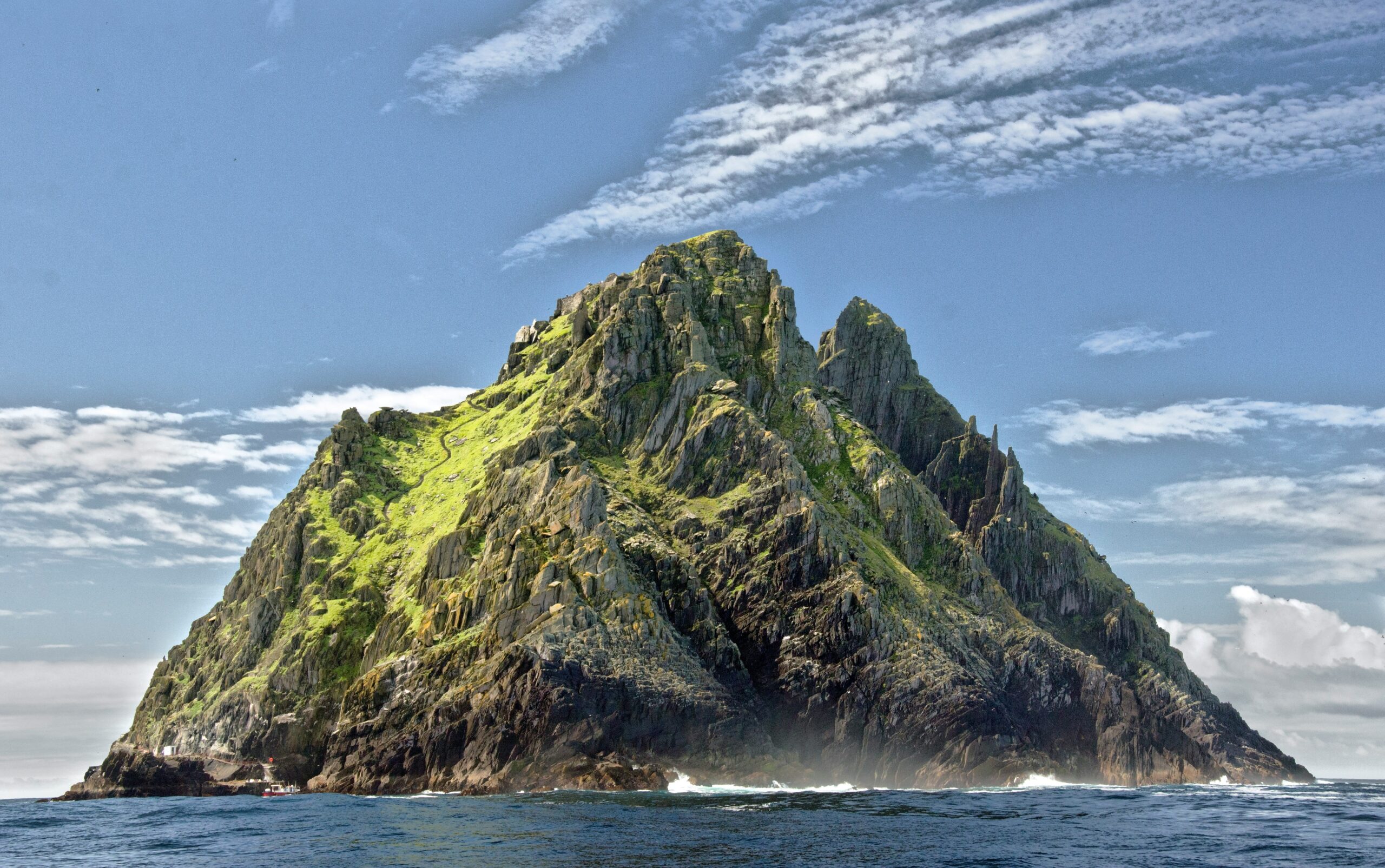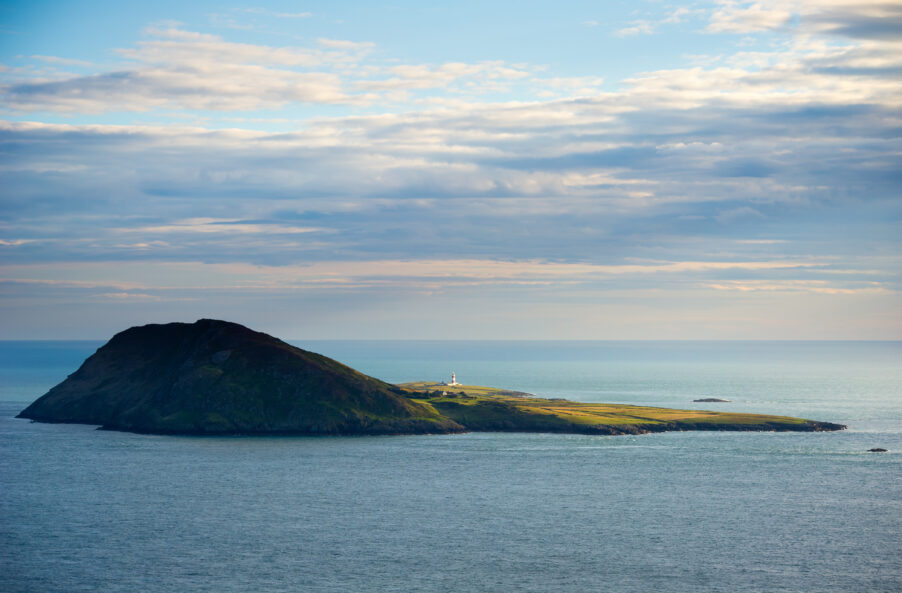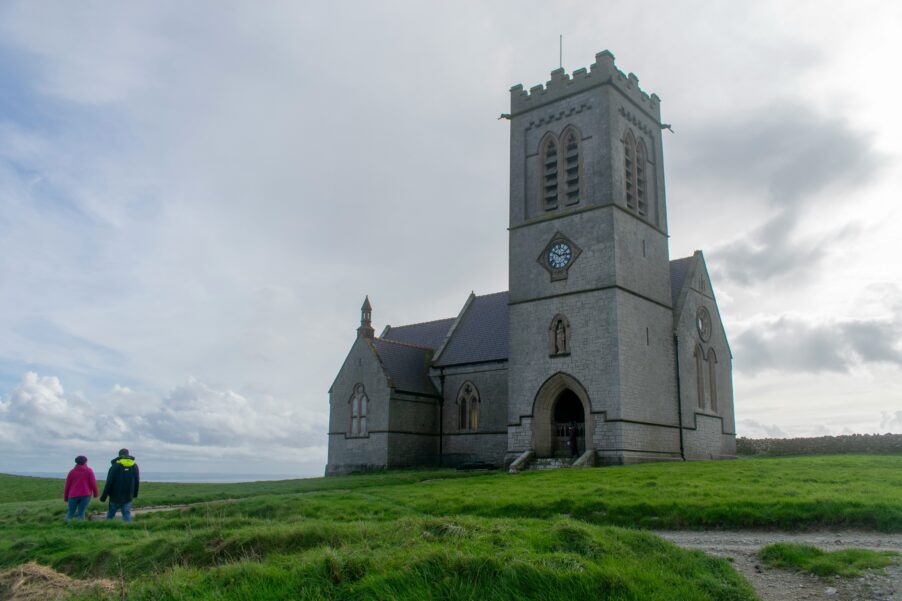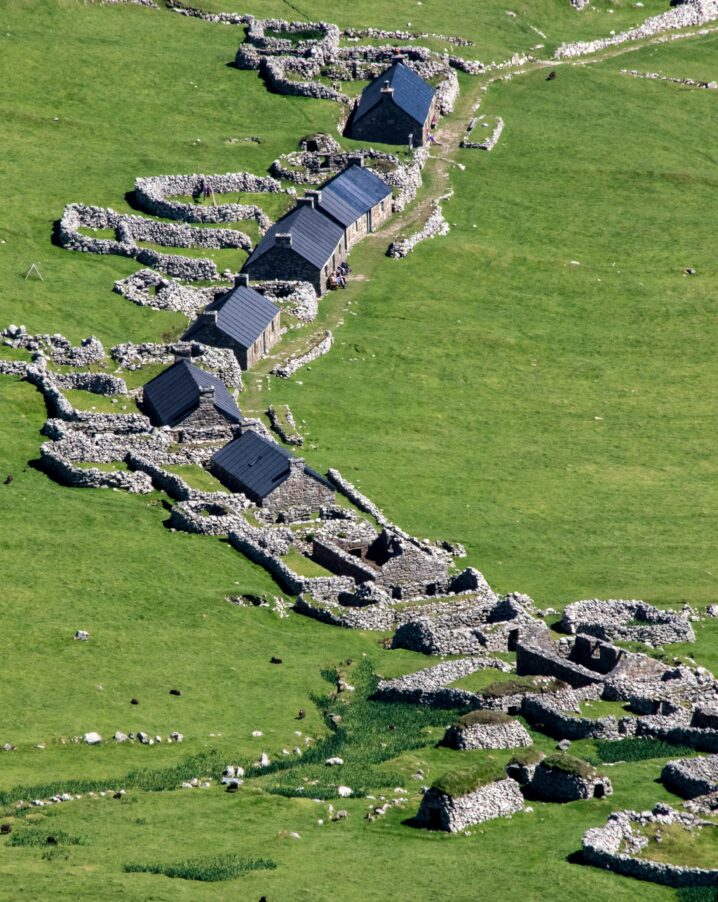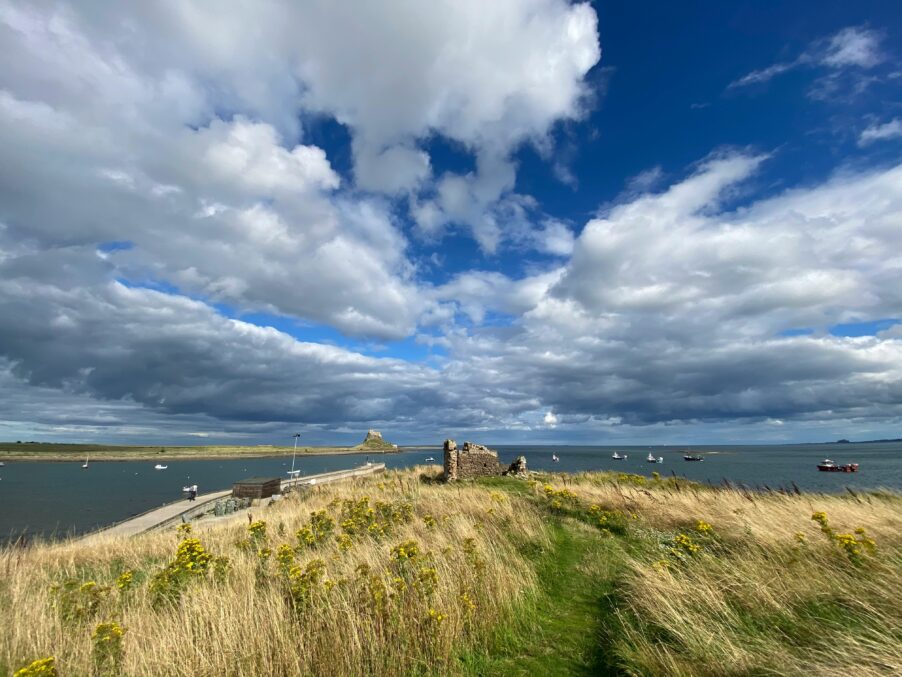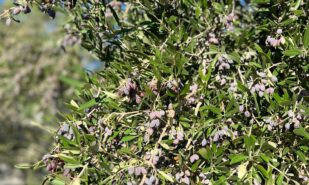In the waters surrounding the British Isles, far from bustling metropolises and crowded tourist routes, lie islands that many have never heard of. These are true havens of solitude, pristine nature, and a rich tapestry of British heritage—featuring everything from weathered chapels to sheer cliffs that shelter diverse marine wildlife.
The Isles of Britain You May Not Have Known About
Bardsey: The Island of Twenty Thousand Saints
Off the coast of Wales, where the waves of the Irish Sea lap against rugged shores, lies the tiny yet legendary Bardsey Island. Known as “the Island of Twenty Thousand Saints,” Bardsey has a history of pilgrimage stretching back centuries. For a long time, it was a sacred retreat for those seeking spiritual peace. Among its green hills and rare wildflowers stand the ruins of a 6th-century abbey, St. Mary’s.
Legend has it that in the early 6th century, Saint Cadfan, a hermit and missionary, arrived on Bardsey and, with the support of Welsh kings, established a monastery. He served as its abbot for nearly 30 years. Pilgrims flocked to the island in the Middle Ages, enticed by the promise of avoiding hell if they died there—an assertion made by one of the abbots. This led to Bardsey’s reputation as both the Island of Twenty Thousand Saints and the resting place of “twenty thousand graves.”
Today, the ruins of St. Mary’s Abbey stand silently, surrounded by small houses inhabited by only four permanent residents and countless graves. Legends suggest Bardsey might even be the burial place of King Arthur and the wizard Merlin. Modern civilisation has left few traces here; there is only one shop, and Bardsey welcomes just a handful of visitors each year, most of whom come seeking solitude and inspiration.
Lundy: A Haven of Wild Nature
Nestled in the Bristol Channel, Lundy Island is a small strip of land just three miles long and half as wide. Despite its modest size, Lundy is a treasure trove of nature and history, attracting inquisitive travellers, birdwatchers, and naturalists.
The island is famed for its puffins, the Atlantic seabirds with bright orange beaks and endearingly “sad” eyes. In summer, puffins nest in the crevices of the cliffs, their comical waddles and vibrant plumage captivating visitors. Conservation efforts have helped restore their population, and Lundy now boasts a nature reserve status, with puffins as its proud symbol.
Lundy’s waters are equally rich in marine life. Visitors might spot seals basking on rocks, graceful rays gliding through the sea, and even majestic sharks cutting through the clear waters, making it a favourite for divers exploring the underwater world.
Lundy’s history is as fascinating as its wildlife. Over the centuries, it has been a fortress, a nobleman’s hunting ground, and even a pirate hideout. In the 19th century, an eccentric landowner declared it a separate kingdom, complete with its own constitution and currency.
Today, Lundy is managed by the National Trust and remains remote from modern life. There are no TVs, radios, or reliable phone signals here. Visitors can stay in restored cottages or a small lighthouse, where the ever-changing views of sunsets, storms, and tranquil seas provide a welcome alternative to digital distractions. It’s a reminder of the world’s natural majesty.
Ailsa Craig: The Land of Stones and Birds
Rising from the waters of the Firth of Clyde is Ailsa Craig, a remarkable volcanic rock that has stood for millions of years as part of Scotland’s geological legacy. From the mainland, it appears as a giant dark stone cast into the sea, but up close, its sheer cliffs, green mosses, and secluded coves reveal a world teeming with life.
Nicknamed the “Bird Paradise,” Ailsa Craig hosts over 70,000 nesting birds during the breeding season. Fulmars, gannets, and other seabirds turn this rocky isle into a bustling avian marketplace.
Beyond its natural wonders, Ailsa Craig is renowned for its unique granite. Since the 19th century, this granite has been quarried to make curling stones used in world championships and the Olympics—70% of curling stones originate here. Though quarrying is now limited to preserve the island’s character, its history is etched into the landscape alongside a 19th-century lighthouse and the ruins of a 16th-century castle. Ailsa Craig is a true gem for those seeking exotic landscapes and isolation.
St. Kilda Archipelago: The Abandoned Land
The St. Kilda Archipelago, 64 kilometres off the mainland in the Atlantic, is shrouded in mystery. Once home to a resilient community, the islands were abandoned in 1930, leaving behind empty stone houses and graves as reminders of their past.
Now, the archipelago is a haven for seabirds, with the cries of thousands echoing through the windswept cliffs. St. Kilda’s haunting beauty offers a glimpse into the fragility of human settlement in remote, unforgiving landscapes.
Lindisfarne: The Tidal Path of Saints
Holy Island, or Lindisfarne, off the coast of Northumberland, has deep ties to Britons, Celts, and Christian monks. Accessible only during low tide via an ancient road known as the “Path of Saints,” the island offers breathtaking views of the bay and the ocean.
Ruins of old chapels and monasteries allow visitors to step back in time to the era of early Christianity. Lindisfarne, shaped by tides and history, remains a spiritual and picturesque retreat.
These hidden British isles, scattered among the waves and winds, offer a simpler, more profound perspective on the world. From Bardsey’s ancient chapel to Lundy’s wild seals and Ailsa Craig’s bird colonies, each island invites travellers to touch the old legends and feel as if they’ve reached the edge of the earth.

